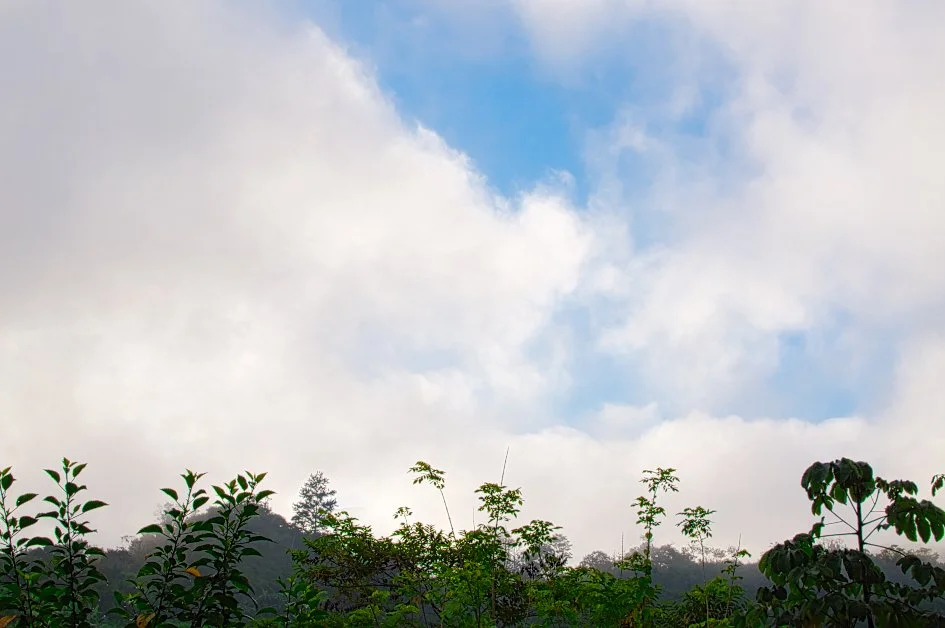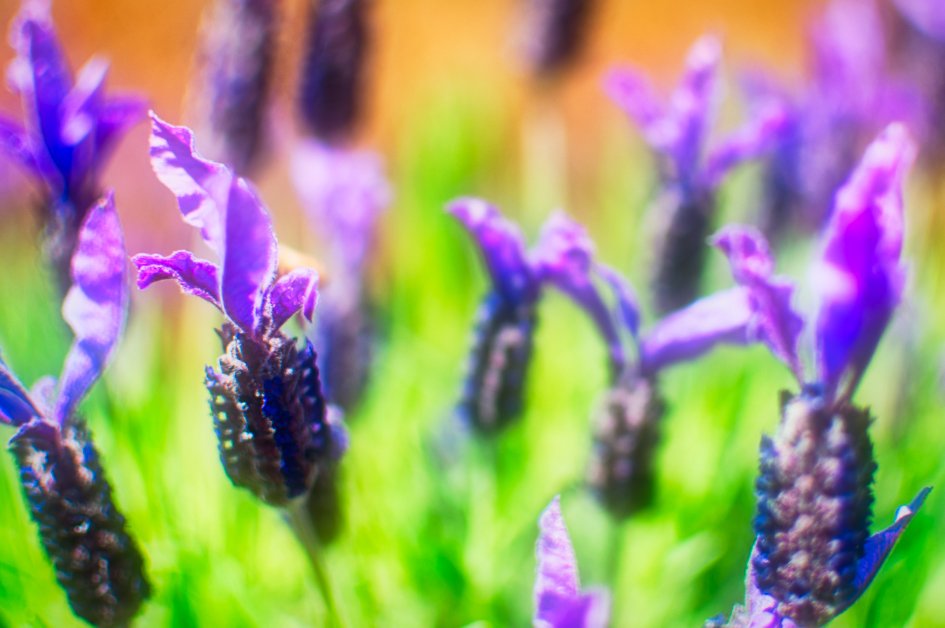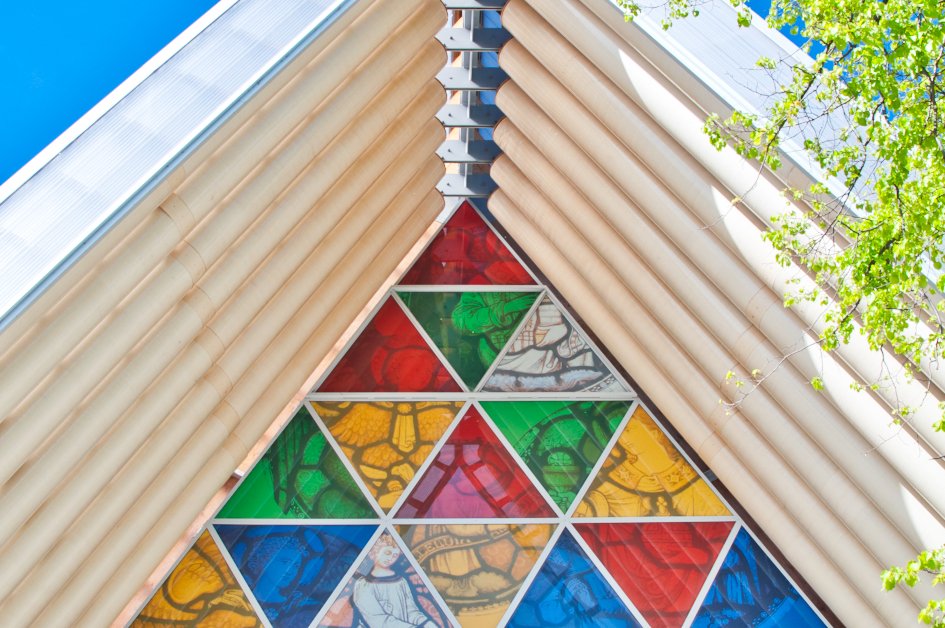My 2021 Retrospective (I Finished a Novel!)
It’s never too late to achieve your creative dreams.
As you can see from the title of this post, the overarching triumph of this year for me was finally—finally!—finishing a novel after 15 years of not doing that. I did finish the first one I ever wrote, and then…nothing. I tried three or four times, and have multiple drafts of multiple novels in various files on various computers. But I just couldn’t seal the deal with them.
It would be easy to say that it was because I was busy (getting a PhD), or that it was because I couldn’t get any of my short stories published (I came close so many times, but no cigar). But in truth it was because I didn’t believe I could finish a novel, or rather, I didn’t believe it mattered if I did. I was laboring under the weight of the belief that whether other people liked my work—wanted to publish it—was an important part of the creative process. It was only after I decided to take ownership of my art and commit to a creative practice that was for me and only me that I finally finished a novel.
Still, it wasn’t easy. Another issue I struggled with was the anxiety of too many choices. When you write a novel, your freedom is absolute. You can make the story go in any direction, make the characters do anything. You are like a god. One of the reasons I wasn’t able to finish a novel for so many years was because I couldn’t figure out how to finish them. Write endings. Make the choices necessary to wrap up the stories. How do you know if it’s the right ending? Ultimately I had to tell myself that I just needed to write something as an end. I could change it later.
I still remember how it happened. I was sitting at my kitchen bar under low lighting. I typed some sentences, then some more. And then suddenly, that was it. I’d come to the end. It felt rather anticlimactic, and now that I’m fully into the revisions process, I understand why. Finishing the novel is just the beginning! That’s the least of the work you need to do. But it’s still a very big deal, and it’s the thing I’m most proud of about this year.
And I’m glad I have that triumph, because things on the business front, they’re…not going as well. The truth is I’m an artist, not an entrepreneur, and I will only ever be able to do business uncomfortably at best. But I had hoped to be further along at the two-year mark (I hung out my signpost in early 2020). I’m making a little money through Patreon subscribers and occasional coaching clients, but progress has been slow. This is to be expected, and I’ve realized that it may take me many (many) more years to build my business up to a decent and sustained income level. Fortunately I have other sources of income right now. But still, I can’t pretend I’m not disappointed by my performance in this area.
My lack of much success in the business arena has been eye-opening for me, however. Through the ups and downs of entrepreneurship I’ve realized something that will guide me forward this coming year. It’s this: I don’t want to be an entrepreneur. I don’t want to do business. At least not in any conventional sense. I’m an artist. That’s what I want to be, and it’s what I am personality-wise and in how I see and experience the world. Any business I do going forward will have to happen in the periphery of me doing my creative work.
I don’t know what this means in terms of income. Maybe I’ll always have to earn money through means not directly related to my creative work. Or maybe over time business will pick up for me on its own. My one goal for next year is to figure out how to be more consistent in showing up on social media. I’m putting out tons of creative work through my blog and podcast, but no one is going to find me if I don’t promote it!
Despite my disappointments in business, I feel this year has brought me clarity. I’ve developed a sense of peace about my purpose in this world, and my creative practice has gained depth and resonance. I feel grateful to know myself as an artist, even though I’ve come to that understanding later in life. It is not too late. It’s never too late to achieve your creative dreams.















